This story is part of Next Generation, a series in which we give young makers a platform to showcase their work. Your work here? Get in touch and plot your coordinates as we navigate our future together.
Next up in our Next Generation series is Scarlett Yang, a multidisciplinary designer whose work explores biomateriality within virtual realities. She recently graduated from the Central Saint Martins BA Womenswear with her project 'Decomposition of Materiality'. The work featured the biomaterial Serpentine Lace, made with algae extract and silk cocoon protein. The project speculates on the life cycles of fashion and textile through biodegradable and digital solutions. The work is exhibited through the use of 3D design in an augmented reality experience within a virtual environment.
Yang’s cross-disciplinary material research offers alternative practices emerging in the fashion industry. The project speculates a simulated ecosystem, where garments grow, decompose and shape-change in a controlled climate environment. During the avatars' virtual catwalk, the textiles evolve in their shapes, materiality and entity, finally manifesting into virtual infinity. The project explores sustainable design solutions through combining biodesign, digital fabrication and 3D generative simulation into traditional fashion design. The garments in the collection display the beauty of natural life forms, whilst the digital element results in the reduction of excess material, energy and labour wastes. We caught up with Yang to learn more about working with the medium of 'decomposition', virtual avatars, the shifting of our identities and more.
The title of your project ‘Decomposition of Materiality and Identities’ implies an exploration of how garments grow, decompose and shape-change. Yet, this concept also indicates towards the shifting/ flux of our own identities, virtual and in reality. Can you elaborate on how your work plays within this dynamic?
In my work I’ve been exploring ways of communicating the concept of a shifting identity. This reflects on my personal cultural identity shaped by growing up in different environments. As a ‘third generation kid’ with more than one sense of cultural belonging, to me this represents a state of flux, which can also be seen in the life of materials.
In relation to the garment; as the material is handled as an object through a period of time, gradually its material qualities change, which to me also mirrors the unpredictability of natural forms. So yes, this strong correlated dynamic is present in my work either in visual or conceptual ways.
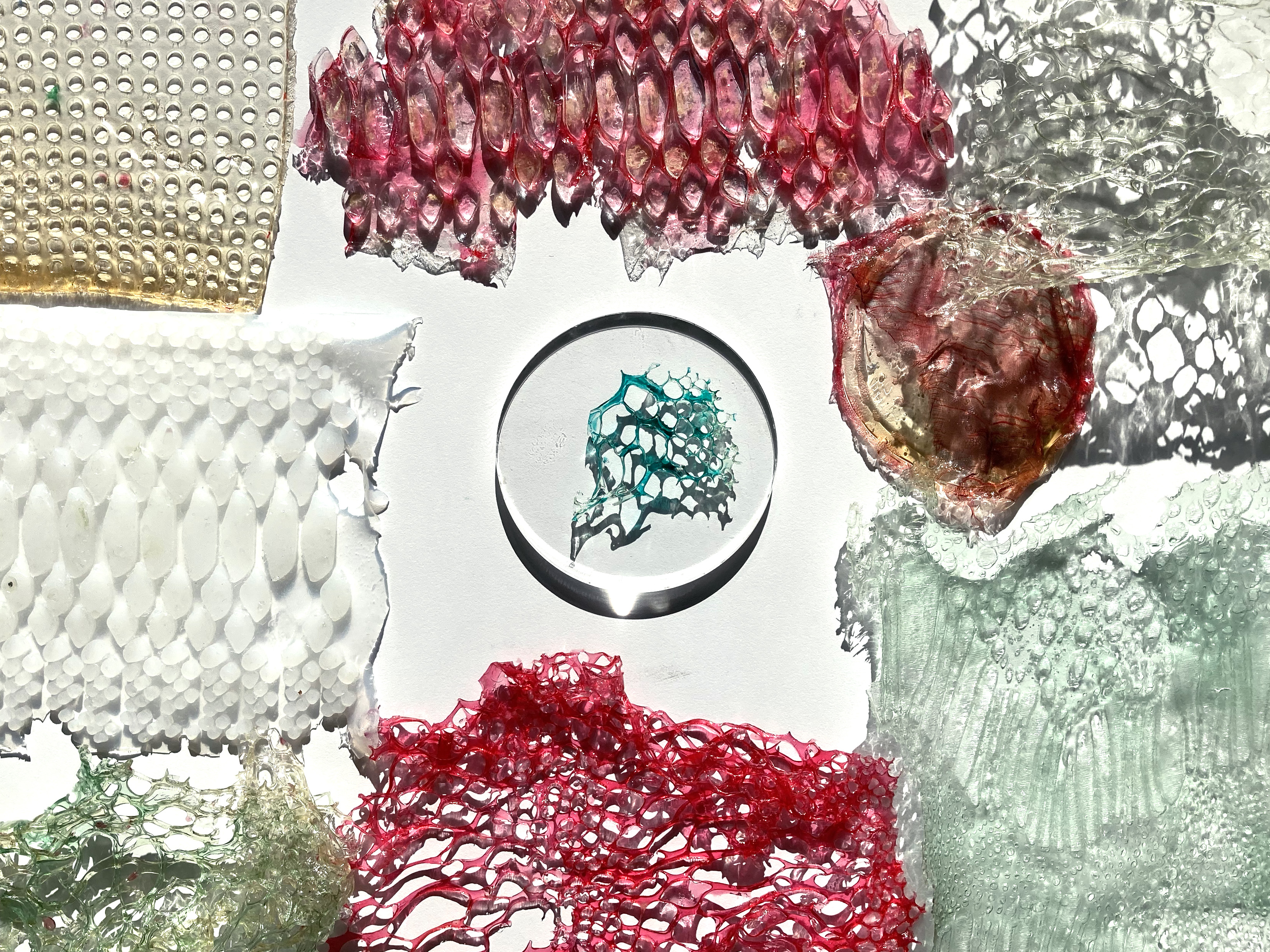
Where does this idea of ‘decomposition’ come from?
The idea for this project started while working in the Central Saint Martins fashion studio, where I came to realize how much material waste is generated during the proces of making a 'traditional fashion design'. Consider for example how garment toiles (mock-up models) are made repeatedly before going into production—and this is even before the actual manufacturing process. The vast majority of textiles on the market are non-recyclable, which means that we, as young generation fashion graduates/students, are contributing to the pollution issues if we continue to do things the traditional way.
The garments in my collection then, display the beauty of natural life forms, aiming to challenge the audiences with the concept of material life cycles. The final textile outcome is 100% biodegradable without mixing any chemical or plastic ingredients.
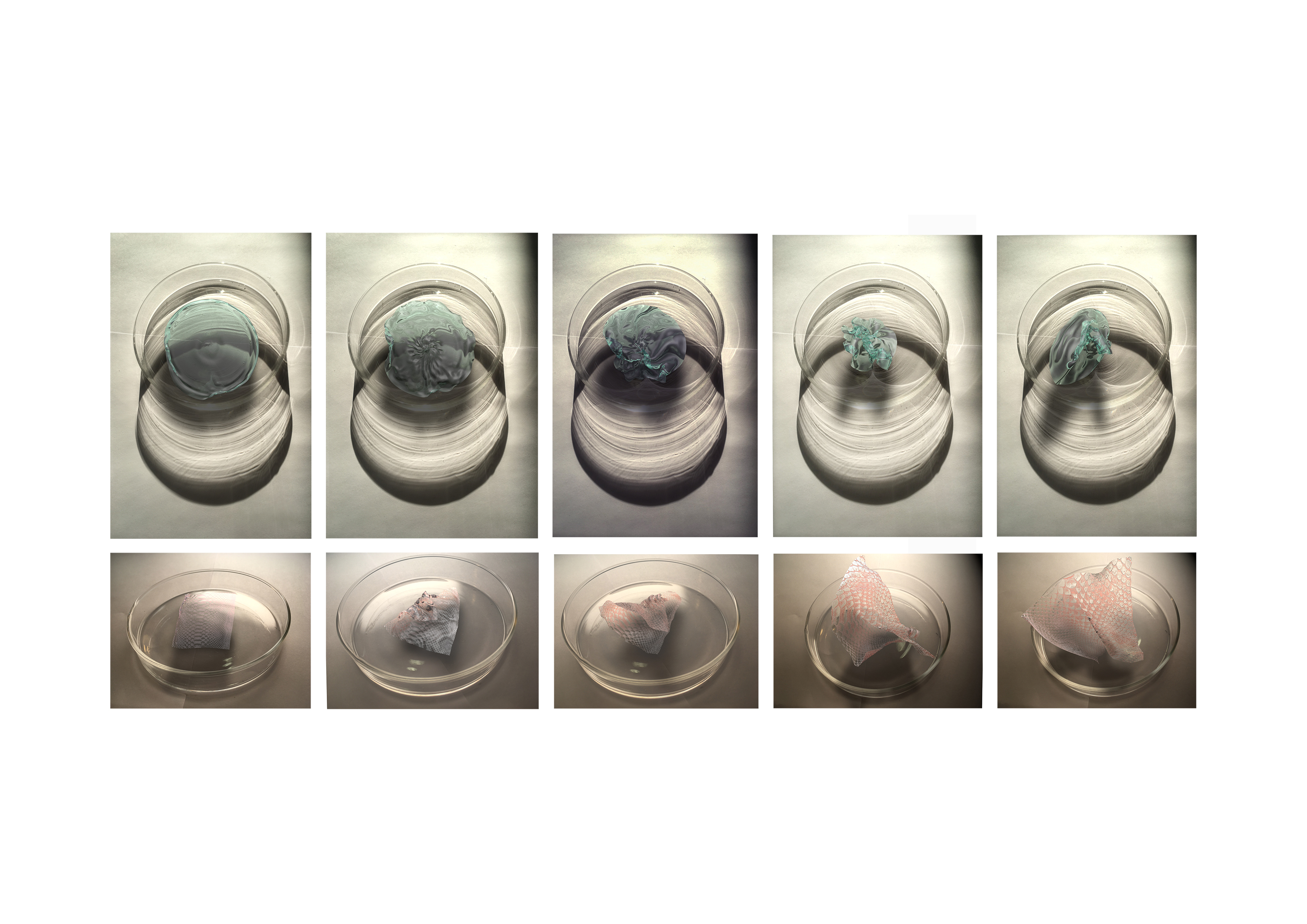
Not only are the designs you create mesmerizing, they can inform and educate us on throw away culture. Do you see your designs translating to clothing worn for everyday, or used in other areas of life?
The final project was just the beginning of my practice on combining tactile materials and digital mediums. I’d like to continue developing the biomaterials I designed in this project to a more commercial/market ready product, combining digital fabrication and generative design methods to streamline and automate the fashion product manufacturing with this non-woven material.
The documentation on the material’s decomposition phases are very exciting as they allow for an open-ended discussion on its potential use; whether in fashion products, interiors or even packaging. I am excited to see where it ends up.
The materiality of your work shifts from tradition to new, from virtual to real. There is a certain narrative throughout that works almost as a kind of duality. Can you comment on this movement [of tradition, craft] within your work?
I like exploring the idea of contradictory duality and correlation between polarizing elements. Referencing traditions for innovating new methodologies, I aim to reflect on how we can incorporate digital technologies to discuss our current and previous realities.
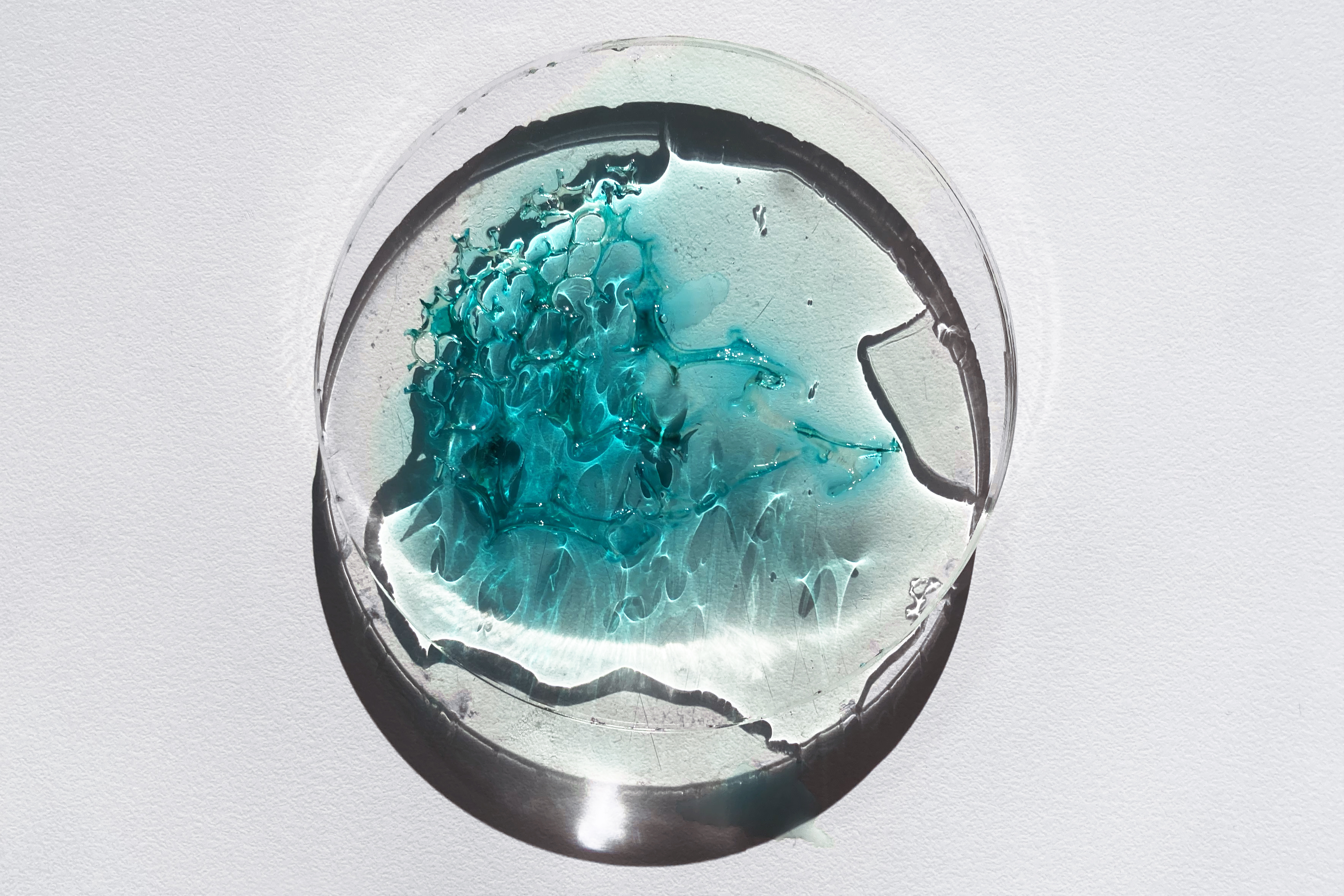
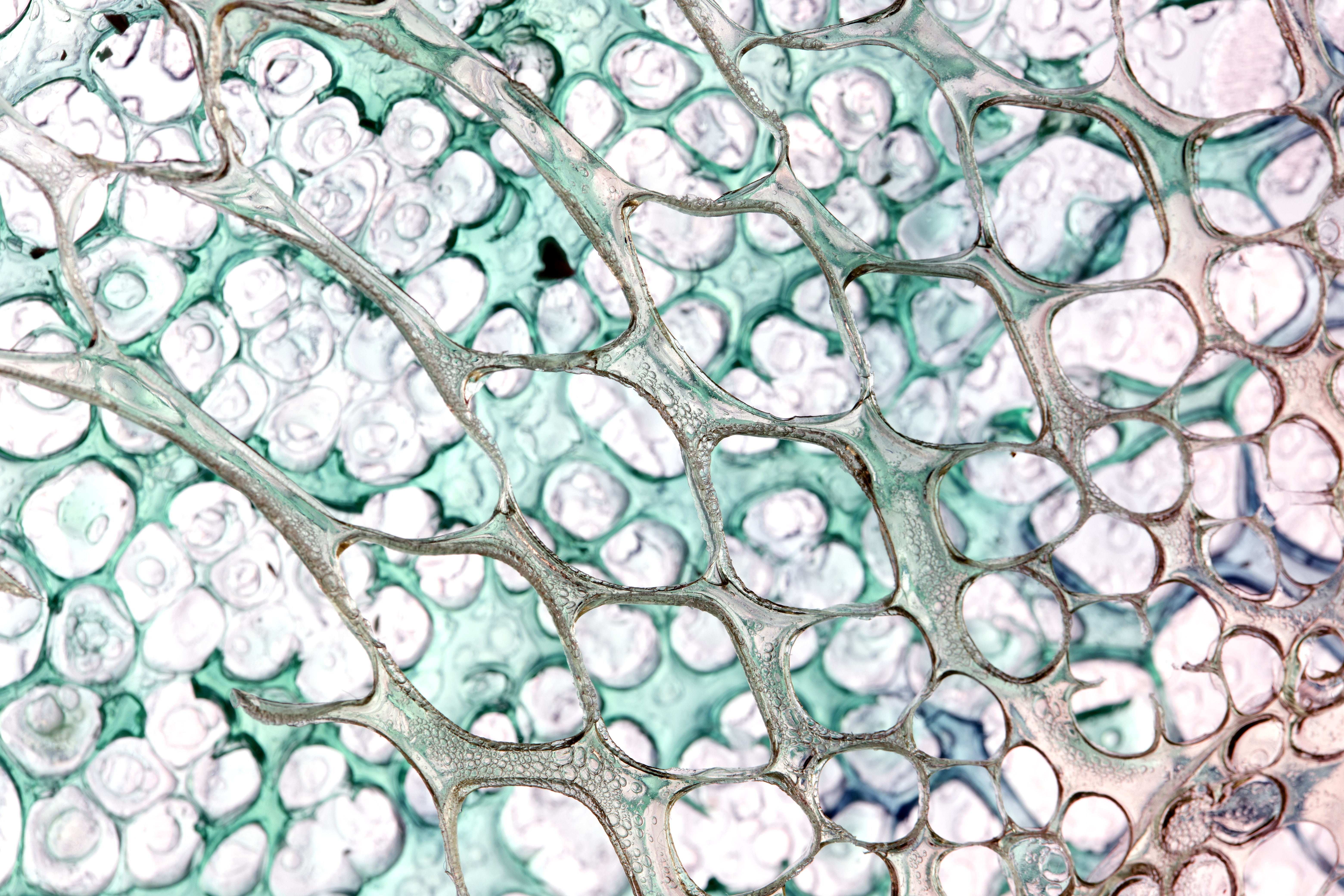
You work with virtual avatars, how does performing in virtual environments provide space for explorations of identity?
As 3D designers, we have a lot more freedom in creating and modifying our avatar creations virtually. It takes less time and material resources to realize a simulation of characters through make-up, fashion style, body build and even the environment. As for digital mediums, we can always go back and reverse the process, which in the result may encourage to experiment more.
You are part of a global community network specializing in 3D animation and digital innovation, called Digi-Gxl. Can you name some inspiring artists or designers from this community, particularly dealing with the dynamic between virtual and real, we should be looking out for?
Designer Mathilde Rougier also comes from a fashion design background; she combines physical practices with AR, and experiments on upcycled modular material pieces with AI generated design patterns. Designer Sian Fan uses her performative and multi-disciplinary work to heighten our awareness of the experience of being online. Her practice discusses virtual identities, and how we construct virtual bodies which exist in hyperspace beyond our physical bodies, which is very interesting.
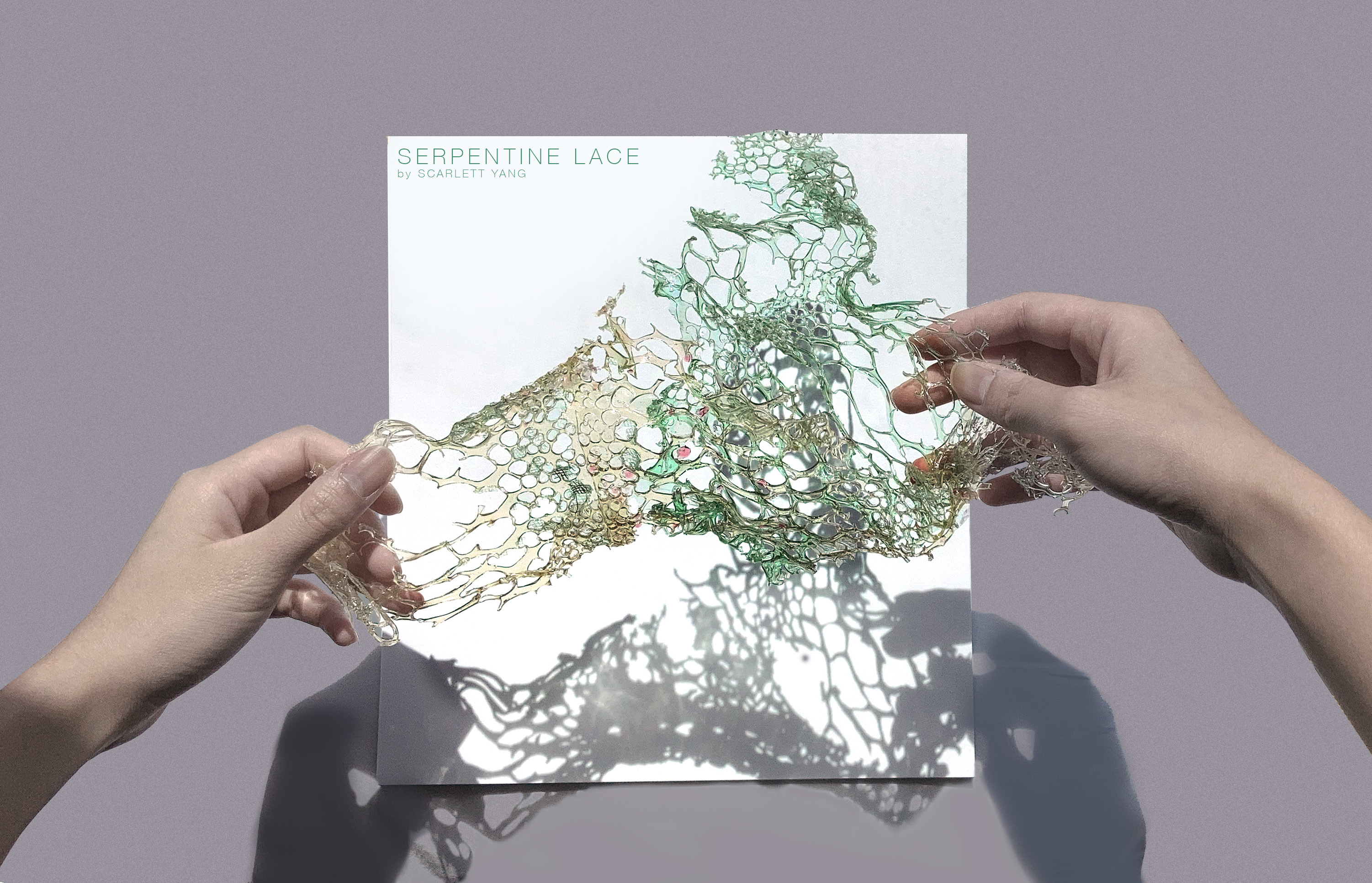
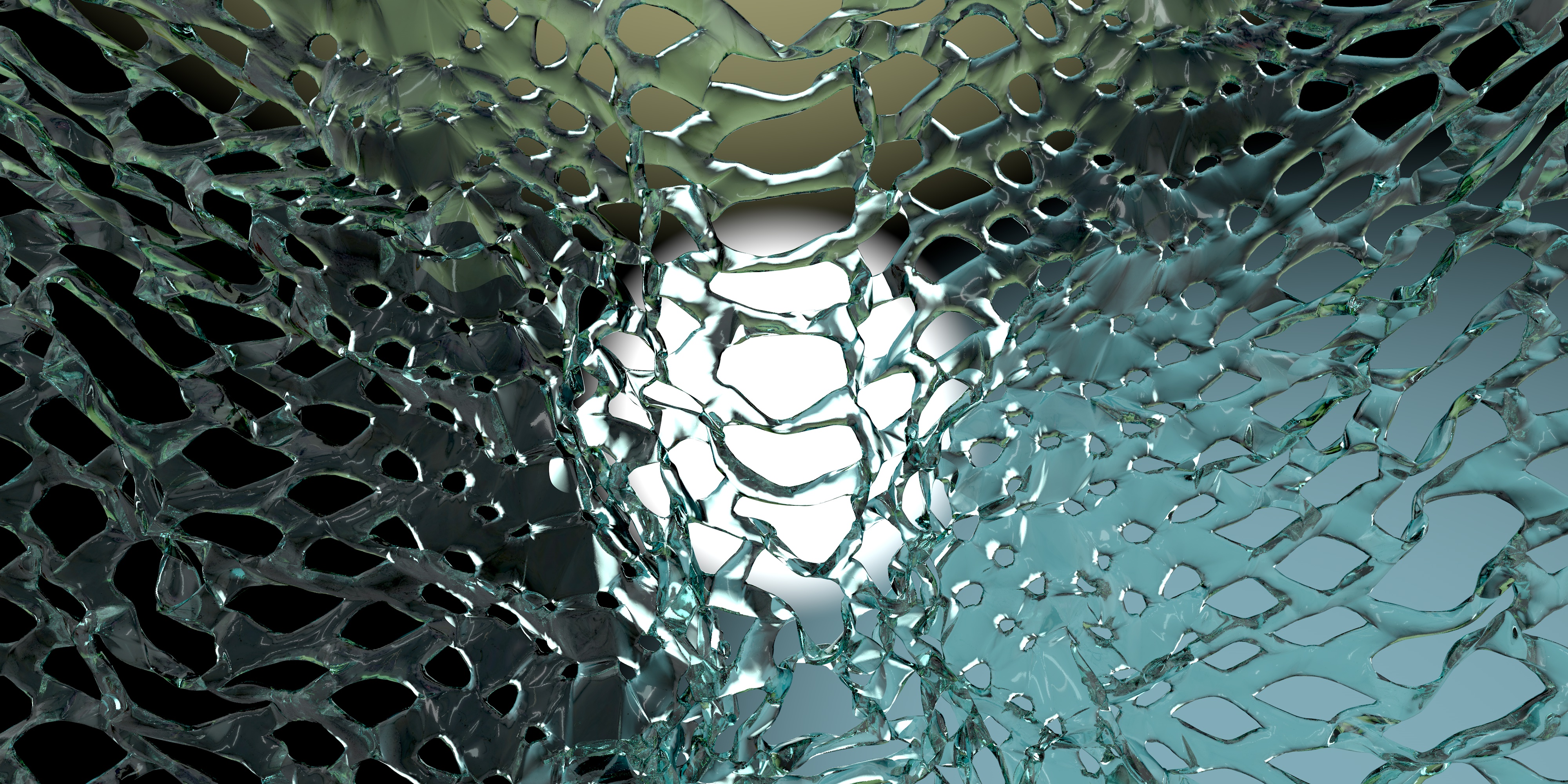
By introducing bio design and digital fabrication into traditional fashion, you collaborate with nature. In fusing nature with fashion, how do you hope this may inspire new perspectives to consumers on nature, fashion and the concept of waste?
Since the beginning of the project’s design research, I intentionally invited the idea of chaos and entropy from nature, to collaborate in this project and to inform my design decisions. The project stemmed from investigating our excessive consumerist culture and it naturally links to climate change. Similar to the process of decomposition in the natural world, all objects—whether fashion or other design commodities—eventually ‘die out’ or lose their initial purpose physically. To me, as users we project our sentimental values onto material objects to feed the purpose of storytelling and constructing narratives.
Now, at a time when we are so fully immersed into the digital realm, data as a carrier of communication, enables the ‘post life’ of physical objects to be continued projected with our imagination, just like in real life. The later part of the project combines 3D modelling, generative design methods and AR/VR presentation; through these processes, digital assets can be archived, stored and shared endlessly without physical limitations. In my work I am proposing a more inclusive approach to fashion in which the values, narratives and messages within digital garments and design objects can be shared with anyone on the internet, potentially stimulating discussions.
How to give shape to that discussion?
The fashion and scientific communities need to communicate more. Innovation often comes from cross-disciplinary collaborations. Great things can happen when science and art/fashion inform each other. Learning from a different discipline brings perspective, new questions and critical thinking, which then can inform your own practice. Sometimes an ambitious idea or raw concept requires a scientific method to realize. I think multidisciplinary initiatives should definitely be encouraged more in the fashion industry to enable more people to encounter techniques, skills and knowledge that would otherwise be difficult to access.
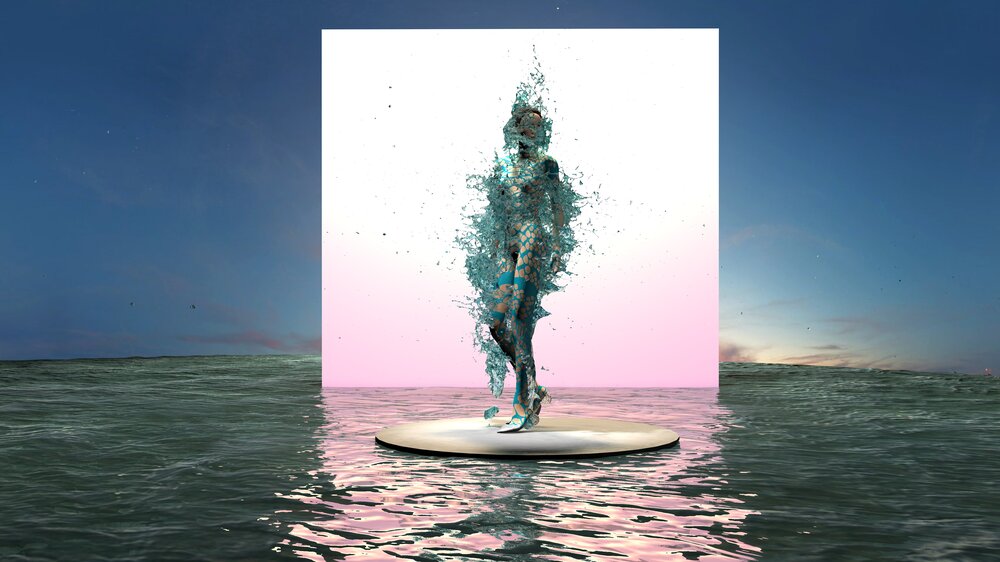
Speculate with us, what does the future of fashion hold in stock for us?
Personally I am very excited that virtual fashion has been accepted more and more during the past months. This then brings more opportunities to experiment with digital mediums, democratize the consumer access to fashion products, and how anyone on the internet can dress up their digital self with virtual fashion—and therefore tackle physical material, energy and labour waste.
Fashion designers, artists and small brands will have more freedom in experimenting with the fashion design process digitally. I foresee a future of fashion in which consumers take action to help design professionals and brands to focus on developing better sustainable products for bettering social and environmental benefits. This can potentially be a great start to gradually inviting more and more people in all parts of the society to participate in the movement of sustainability.
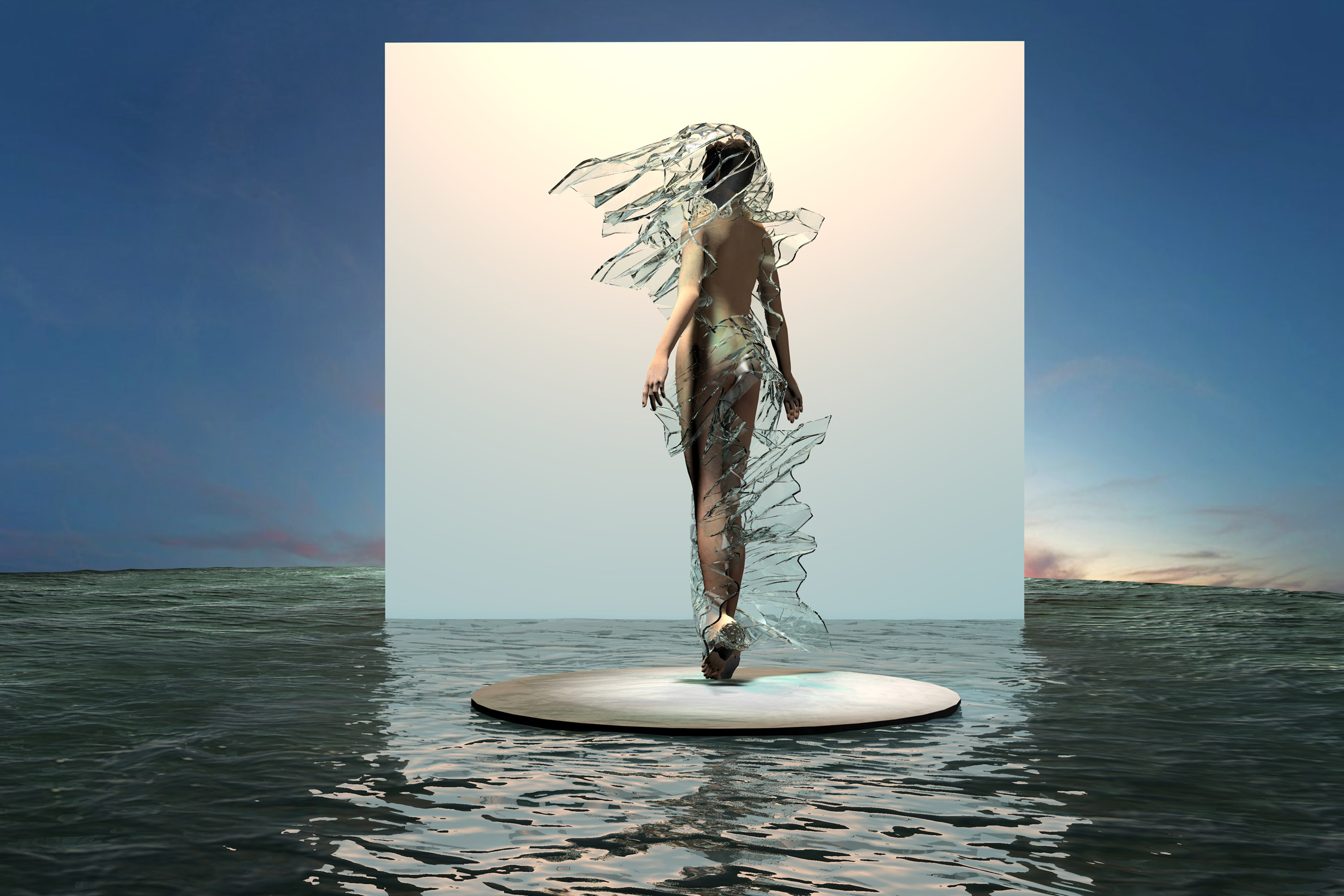
Share your thoughts and join the technology debate!
Be the first to comment